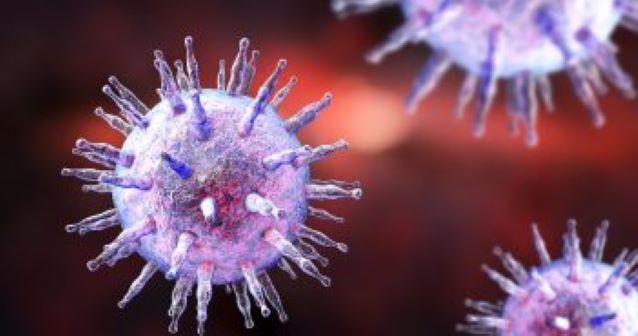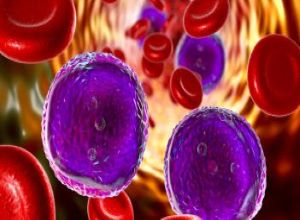|
November 2020 VIRAL PROTEIN REWIRES B-CELLS TO PROMOTE INFECTIONFeaturing: Richard Longnecker, PhD and Kamonwan Fish, PhD
A viral protein of the Epstein-Barr virus (EBV) previously thought to mimic immune cell receptor signaling actually rewires intracellular signaling in infected cells, promoting viral cell survival and proliferation, according to findings published in the Proceedings of the National Academy of Sciences. “This has changed our thinking on how the protein functions,” said Richard Longnecker, PhD, the Dan and Bertha Spear Research Professor of Microbiology-Immunology, a member of the Robert H. Lurie Comprehensive Cancer Center of Northwestern University, and a co-author of the study. EBV is a member of the herpesvirus family and is most commonly spread through saliva. One of the most common human viruses, EBV infection is most often seen in children and is generally asymptomatic. However, in adolescents and adults, EBV infection can result in mononucleosis and, in some cases, promote the development of certain types of cancer, including Burkitt lymphoma, Hodgkin lymphoma and stomach cancer. When this occurs, EBV infects B-cells — a type of immune cell responsible for the body’s adaptive response to infection by making antibodies — and reprograms these cells, allowing the virus to replicate. Previous work found that during this process, a viral protein of EBV called latent membrane protein 2A (LMP2A) mimics B-cell receptor signaling, promoting survival of EBV infected B-cells. However, the molecular mechanisms that control how LMP2A signaling contributes to this process and the overall development of malignant tumors has remained unknown. Using a combination of proteomic and transcriptomic genetic methods, investigators compared LMP2A and B-cell receptor signaling in human B-cells in vitro. They found that while LMP2A mimicked some B-cell receptor signaling functions, a majority of LMP2A-induced signaling differed from traditional signaling. Additionally, they found that LMP2A worked with two oncogenic drivers of Burkitt lymphoma — MYC and mutant cyclin D3 — to promote the proliferation and survival of B-cells by counteracting MYC-induced apoptosis, or cell-death, and inhibiting tumor suppressor proteins, promoting B-cell proliferation. “LMP2A is not only a mimic of host B-cell receptors, it also changed many other pathways inside the cell that are not part of downstream pathways of the B-cell receptor. This also supports the idea that LMP2A or EBV as a whole provides a proliferative or intercellular environment conducive for malignant transformation,” said Kamonwan Fish, PhD, a former postdoctoral fellow in the Longnecker laboratory and first author of the study. In the long run, the findings could aide in revealing potential therapeutic targets to accelerate the development of precision medicine therapies specifically for EBV associated cancers. “This work was a collaborative effort from many people with different expertise: virologists, oncologists, medical doctors, and analytical chemists. It required many tools to try to answer this complex question,” Fish added. This work was supported by the Intramural Research Program of the National Institutes of Health, the National Cancer Institute Center for Cancer Research, the Deutsche Krebshilfe grant 70113536, and the National Institutes of Health grant R01 CA073507. This article was originally published in the Feinberg School of Medicine News Center on November 13, 2020. |
Richard Longnecker, PhD, the Dan and Bertha Spear Research Professor of Microbiology-Immunology, a member of the Robert H. Lurie Comprehensive Cancer Center of Northwestern University, was a co-author of the study published in PNAS.
Kamonwan Fish, PhD, a former postdoctoral fellow in the Longnecker laboratory, was the first author of the study.
Refer a PatientNorthwestern Medicine welcomes the opportunity to partner with you in caring for your patients.
|
You May Also Like
|
December 2020 |
December 2020 |







